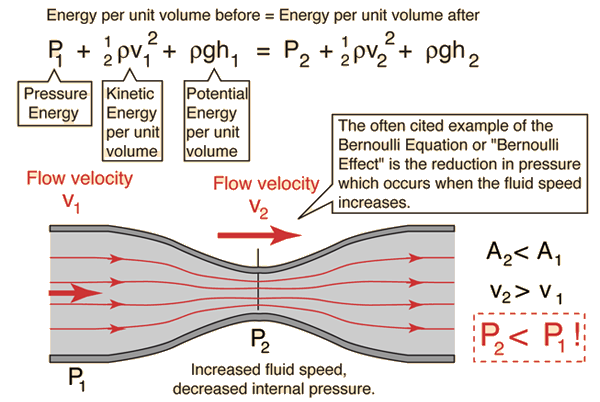Thanks for the article. This is the first time I noticed it and read it. I concur, if the article is genuine, it does read as if 093 already used natural circulation cooling. To an unknown degree, but that is besides the point.
If true, what that suggests is also interesting: That 093 or 093a at least, should be pretty quiet when at low speed, probably as quiet as improved LA class but possibly even a bit quieter. At higher or medium speeds 093 should also use pumps so that would then bring it to same level as LA class.
What other sources of noise are there? Machinery not being put on rafts. We don't know about 093 for sure, but it seems very unlikely 093 doesn't have that feature as it is something pretty much known from 1970s.
Precise machinery made with very tiny tolerances. Due to computers which lead to better computer controlled milling, 093 should even be somewhat better than LA class here, as it is unlikely even US had better solutions in 1980.
Skewback propeller - both sides have it, and it also depends on computer power and computer controlled sensors to test the fine details of performance. Again, 093 should not be behind iLA in this regard either, considering the time LA was made in.
Size seems to be pretty much the same. Size would allow for more of insulation material and better rafting of the machinery. Even more so, due 20+ years of computer advancement, it is not unimaginable that automation is on 093's side, meaning less berthing space needed, meaning more space inside the same volume available for other things like insulation.
So with natural circulation cooling added on top of all that, something that i cant find as a feature on LA class and something that articles about its reactor seem to talk about as if it was omitted due to politics, it would appear as perfectly plausible that 093a (a least, with several more years of improvements) is near or even a bit ahead of improved LA when it comes to low speed noise that was in service in 1990s.
Whether that holds true today still is a matter of said LA boats being further improved mechanically. To my knowledge, they still have the same reactor, but perhaps it is plausible that they received brand new other machinery and propeller, perhaps some even after the year 2000, which would then reduce their noise levels further.
It will be interesting to follow the western naval related media after this newsbit, regarding their possible stance changes when it comes to 093 noise levels.


